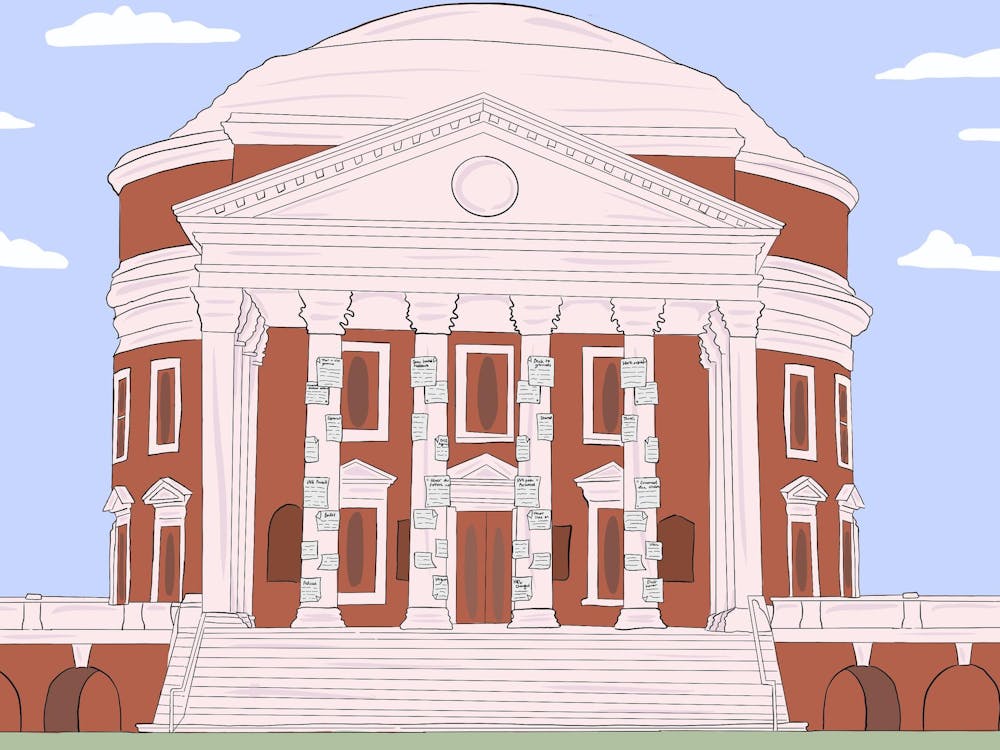IN THE current political discourse, one subject is often overlooked: America’s prison system. The U.S. locks up more of its own citizens than any other nation, costing states billions of dollars in upkeep and lost productivity. Reforming the prison system and how we punish lawbreakers would help fill gaps in our budget, return productive members of society to their jobs and reduce the stagnation of character and skills that occurs when a nation keeps inordinate numbers of its citizens behind bars. Unfortunately, no one has proposed legislation to try to remedy this significant shortcoming in U.S. policy. For 20 years the U.S. has been veering off track. It is time to seriously address these deficiencies.
As of 2009, the incarceration rate in the U.S. was 0.743 percent, or 743 citizens for every 100,000. By way of comparison, the second-highest incarceration rate is Russia’s, at 0.627 percent. China’s rate stands at 0.120 percent. In fact, the U.S. imprisons more people total than China — although China has roughly four times our population — and holds a quarter of the world’s inmates, a population bigger than fully 102 countries. To return to pre-1980s levels of incarceration, the U.S. would have to release four out of every five prisoners currently behind bars. It is safe to say our country has developed an infatuation with imprisoning those who break our laws, relying on the power of iron bars and concrete walls to reform our wayward youth and stop crime. Unnecessarily long sentencing policies have bloated America’s prison population, keeping people in jail for years for crimes that in other countries merit no more than a six-month stay.
The result is saddening. In 2000, there were more black men in jail than in college: the chance of a black male going to jail was 32.2 percent, more than five times more than that of a white male. Nationwide, prison spending has skyrocketed compared to 30 years ago. Take California, for instance. In 2009, California’s levels of spending for higher education and corrections were nearly equal because of explosive growth in prison-building. Before the “prison boom” of the 1980s, California spent just 2 percent of its budget on corrections; that number has since ballooned to 10 percent. Our budgets are squeezed to accommodate more and more criminals, forcing money out of education, infrastructure and health care. Meanwhile, this money goes toward enforcing and perpetuating a system that turns misguided young men into hardened criminals after spending too long in an unforgiving environment, their skills stagnating, their employment prospects dwindling and their moral fiber corrupting.
It has become clear that the prison boom of the 1980s and subsequent “War on Drugs” by the Reagan administration has caused more problems than it has solved. The first step toward reforming the system is finding methods of punishment other than incarceration. The U.S. is the only country in the world that imprisons citizens for minor crimes like passing bad checks, and our default response to drug crimes is to lock up the offender. Finding other methods of punishment — fines, rehabilitation, community service, you name it — will be cheaper and almost certainly more effective than throwing practically every petty criminal in jail. In fact, it has been shown that incarcerating nonviolent offenders spurs more crime because they leave prison more prone to violence than when they entered.
But reducing the rate of sentencing alone won’t solve this problem. Plenty of countries have higher sentencing rates than the U.S. What distinguishes the U.S. is the length of the sentences we impose on our criminals, especially drug offenders. In the U.S., burglars serve an average sentence of 16 months; in England, seven months; in Canada, five. Mandatory three-strike policies like those in place in California force judges to commute sentences of 25 years on repeat offenders — destroying the prime of the convict’s life, sometimes for minor crimes such as repeated larceny. It is impossible to move on from such prolonged sentences; branded for life, criminals are unable to fully reintegrate into society. Almost all official forms, especially those dealing with employment and education, ask about criminal records, and lengthy jail time can kill otherwise promising prospects. The U.S. stands in stark contrast to other developed nations on this front, with little to no sound evidence supporting our extreme policies.
Any policy to address this issue — which sucks up $68 billion of federal, state and local revenues — must be enacted on a state level. Punishments, enforcement and prevalent prison-related issues vary state by state. Minnesota, for example, has policies more similar to those of Sweden than to those of Texas. Problems facing Louisiana are less pertinent in Wisconsin, and urban New Jersey deserves a different approach from rural Nebraska. But despite the diversity of problems facing our nation, the effort required to address our prison obsession is worth the benefits reform would bring. It’s time to take seriously the deficiencies in our criminal justice system. We owe it to ourselves.
Russell Bogue’s column appears Thursdays in The Cavalier Daily. He can be reached at r.bogue@cavalierdaily.com.






